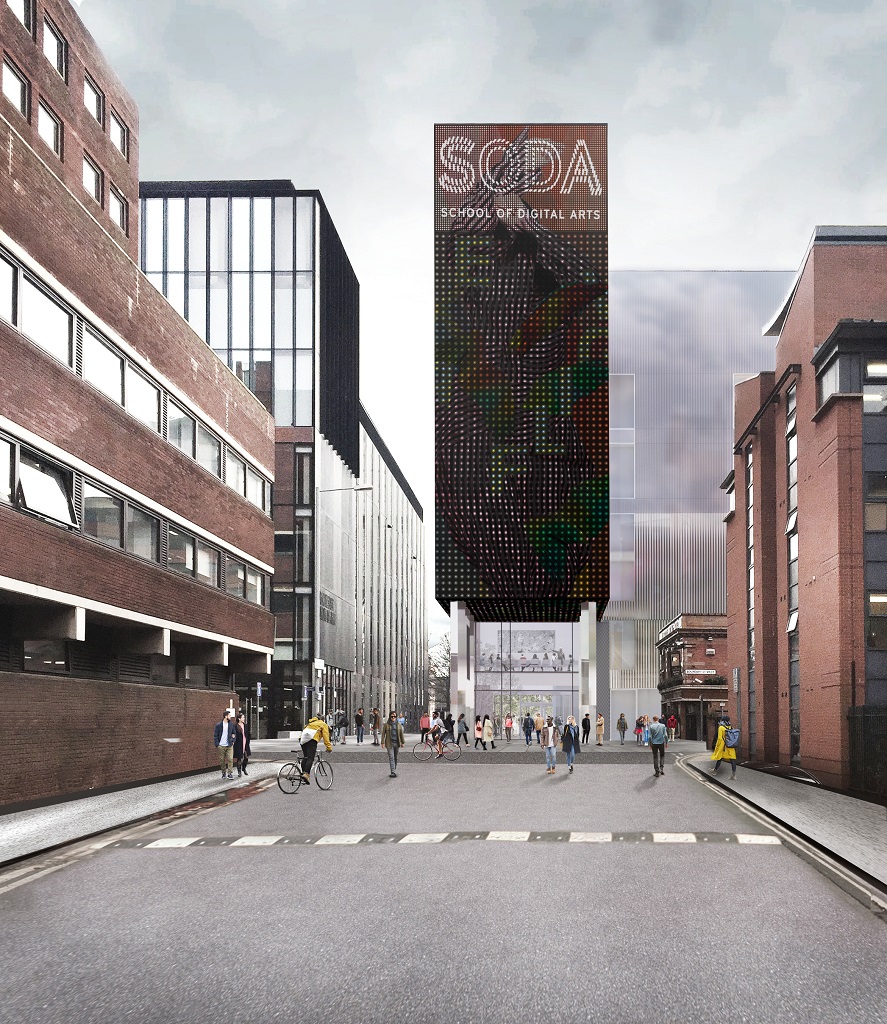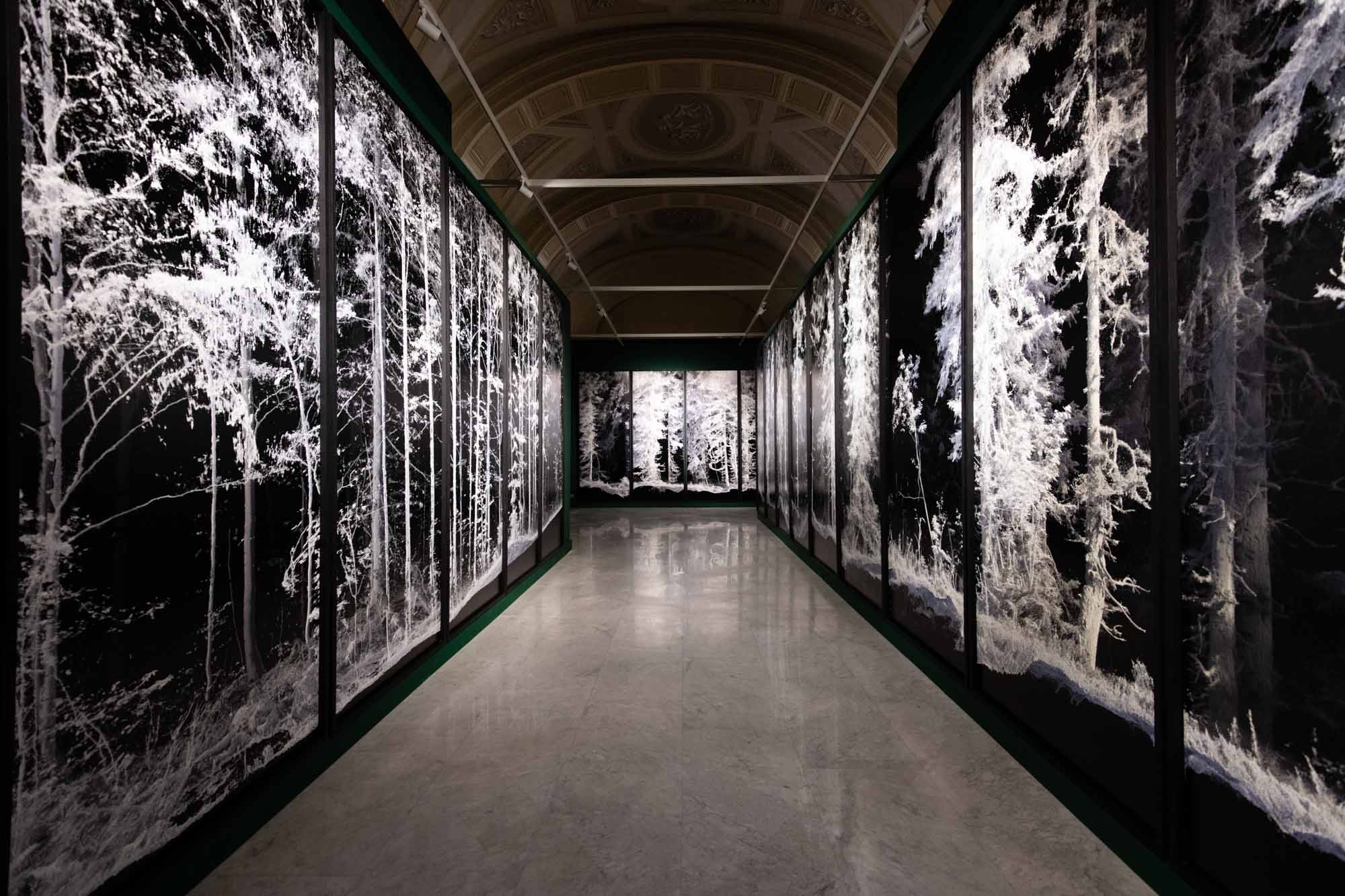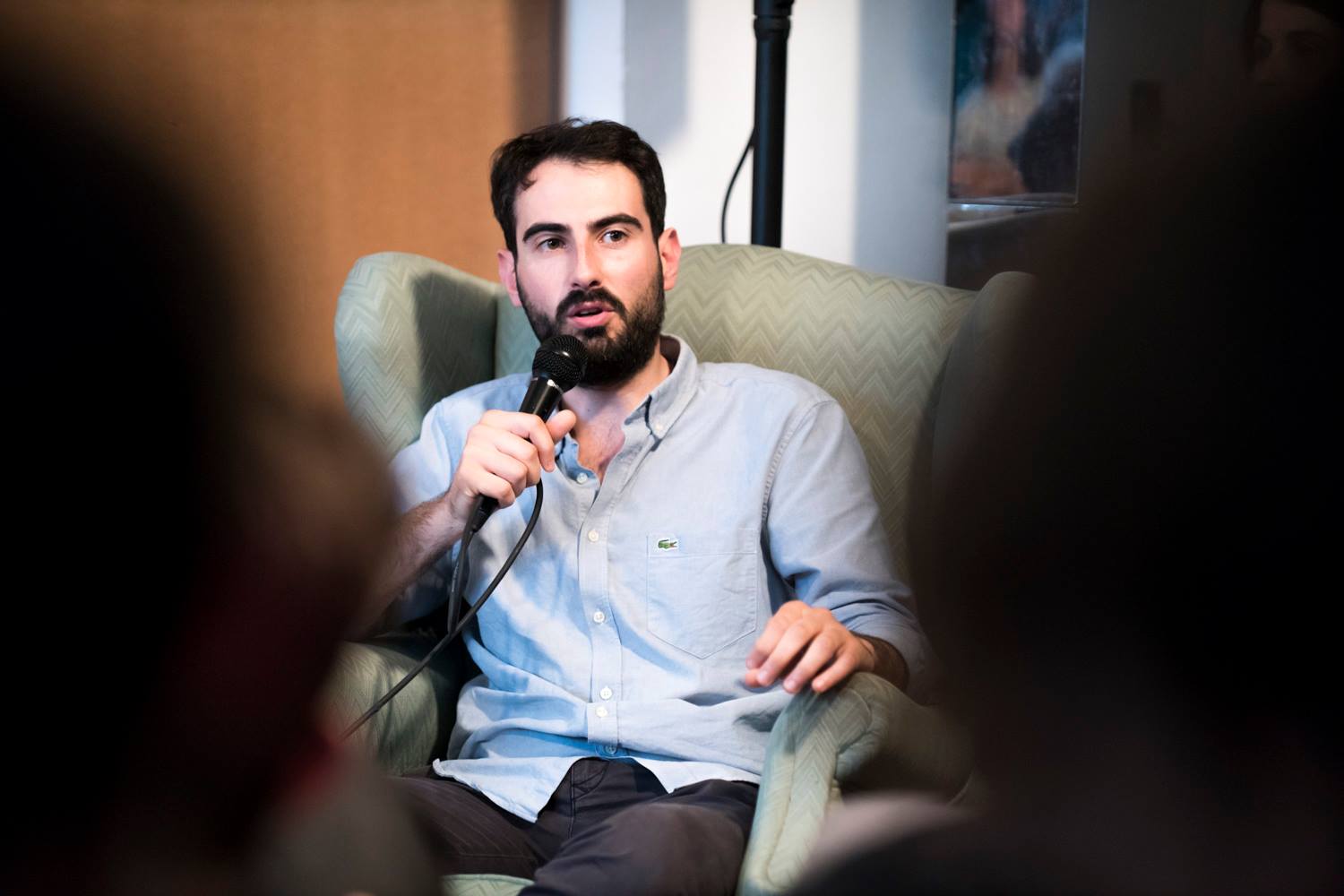Valentino Catricalà
Valentino Catricalà
SODA Gallery “The School of Digital Arts” is a part of Manchester Metropolitan University. With which specific aim was the school born?
First, I am happy to announce that we have changed the name of the exhibition spaces. The name has been changed from SODA to MODAL, SODA is the School and MODAL is related to the art projects. So it won’t be SODA Gallery anymore. We did it, in order to create spaces for exhibition connected but at the same time autonomous. For this reason, we have chosen the name Modal: MODAL @ SODA.
The whole SODA project (MODAL included) is a very peculiar project. SODA is a school for young generation, but SODA is also an Art Center for major international exhibition. In addition, SODA is also a production center, with incredible labs. SODA is born with the aim to be one of the most advanced place for arts, design, and future storytelling in Europe. A place for education, exhibition and production, a £35M investment into the workspaces, networks, teaching, exhibiting and research that will drive the next generation of creative content. The SODA building is, in fact, full of labs, from motion capture to extended reality, from video making to sound design. Joining SODA means being part of a real new dynamic project unique compared to the main institution in the art world and in education. A space to face the challenge of the future.

You have created a curatorial committee formed by international young and senior curators, among them you have involved: Ben Vickers (Serpentine), Emma Enderby (The Shed), Nadim Samman (KW Berlin), Monica Bello (Arts at Cern), Mi You (Shanghai Biennale), Gaby Jenks (MIF Festival), Soh Yeong Roh (director of the NABI Art Center in Korea), la chair è Barbara London (founder of the video art Department at MoMA).
Which is the task of this curatorial committee and how it will be functioning?
We might define SODA with one world: complexity. When I saw the SODA building, I understood I could no longer conceive it only from one perspective. I needed to look at it differently, as a multifaceted project that unite many different factors. For this reason, along with Toby Heys (Head of SODA),we created the Curatorial Committee: complexity can be faced by other complexity. We decided to include young and international dynamic curators spanning from U.S.A. to Korea. In this way, we are able to have an international overview, being updated in the latest trend. With her 40 years experience at MoMA, Barbara London is the perfect person to guide the curatorial committee.
The committee is focused only on the art project, as SODA has already an advisory board, chaired by the filmmaker Danny Boyle. The role of the committee is basically orienting the vision, opening new partnership, suggesting new artists, envisioning new challenge. We have regular meeting every three months in which we present what we are doing and we discuss about the routs to follow. It is incredible to work with such an international committee, it opens new ideas I have never thought and a stimulating new knowledge around the contemporary art word.
Which will be the relationship between the school and the exhibition and production center?
When I saw SODA for the first time, I understood that it was not a common project. I understood that SODA could have an incredible potential. Let me briefly explain you how the building is structured. The façade is the first exhibition space, a big led screen façade. On the ground floor, there is the Gallery space, the hall, the auditorium and a big screen above after the entrance, which works as another exhibition spaces. On the first floor, there are the extended reality lab and the user experience lab; in addition, there is the co-lab where our student can experience cross sectoral education and the Ph.D. space. The second floor is composed of a big open room for teaching, studing, reaserching along with an advanced motion capture lab, video making lab, green screen lab, and other spaces for audiovisual. Our offices are in the third Floor and the fourth floor is entirely focused on sound with amazing sound labs.
You can suddenly understand how the building is not only a space for education. It is a new idea, a new vision. The exhibition spaces are in dialogue with the production center and education. Artists can work at SODA beneficing of advanced lab, the support of the staff and students, the dialogue with our researches. It is a real incubator, a space in which an idea can become concrete and affect the society.
Which is the leading idea for the exhibition centre?
Every year we choose a theme. Under the umbrella of the theme, we will organize three exhibition a year: a group exhibition, a pioneer and a younger artist. We choose major contemporary social and philosophical topics, in order to make SODA an institution into the world, with the power to addresses big issue of our time. We believe that the work of the artists is fundamental today, not only for reflecting to our society, but for concretely change it. For this reason, we start from a group exhibition, analyzing the topics from the point of view of many artists. After that, we look back at the history reevaluating the work of pioneers; only than we can focus on a young generation, someone that can give us an interpretation from a younger perspective. Along with the exhibition space, we invite thinkers, scholars, curators, working with us, with our students and staff.
The website of MODAL (it is not sill up, you can find only the SODA website) will also be a virtual gallery for NFT.
We are also including our students in creating project for the façade and, with my colleague Beth Senior, we are launching a digital art call for national and international students.
The first theme we are exploring is “game engine”. Today game engine processes drive more and more images and sounds. Every time we look at our devices, we get into game engine (from CGI to machine learning). It is a very important topic today. The opening exhibition will be a group exhibition split in two parts, the first part in June and the second one at the end of September and it will include international artists such as Trevor Paglen, Pierre Huyghe, Cécile Bill Evans, Jenna Sutela, Alexandra Daisy-Ginsberg, Lu Yang, Auriea Harvey, along with pioneers like Rebecca Allen and Dara Birnbaum, among others.

Could you tell us also about your collateral projects and the partnerships you are establishing with other institutions?
The strength of SODA is based on the partnership. Our flexibility, the fact to be a school, an art center and a production center at the same allow us to open collaboration on many fronts. SODA has already many different collaborations on, from SONY to BBC, etc. MODAL is opening collaboration from production to exhibition with national and international partner. We are teaming up with Serpentine Gallery, VIVE Arts, E-Flux, Fondazione Prada, Hyphen Hub Community, among others. We are in conversation with many museums all around the world for co-producing exhibition and artworks. One of our point is opening collaborations with the city of Manchester. Manchester is a small but extremely vital city with important festival and institutions. MIF-Manchester International Festival, Future Everything, AND-Abandon Normal Device, as well as institution like HOME are all our partners, a way to create new synergies and bigger projects
Does SODA aim to be somehow present at the next upcoming Venice Biennale, and if yes how?
In the beginning yes, we aimed at bringing out SODA in international context such as the Venice Biennale. At this stage we want to make SODA stronger indoor in order to be stronger outdoor in the future.





